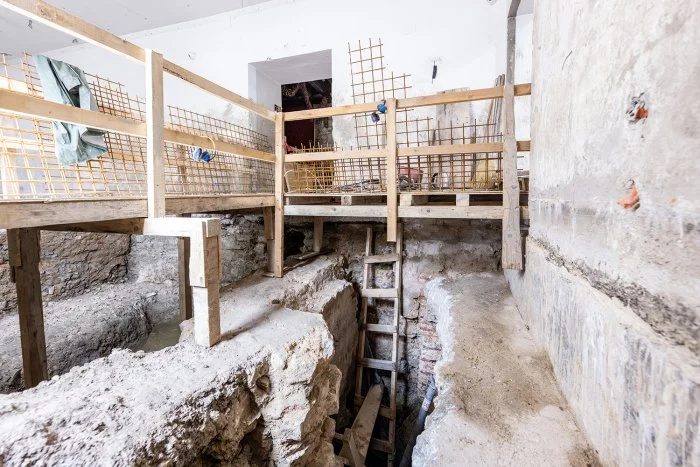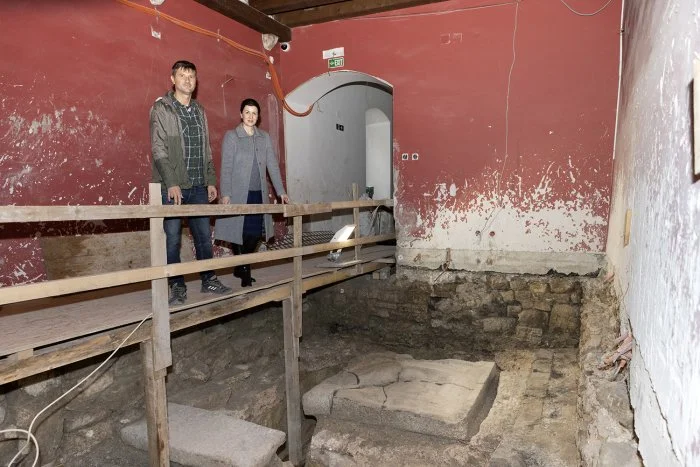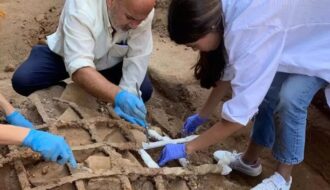Unexpected Discovery Of Roman Baths Under Split City Museum In Croatia

Archaeologists who helped with the restoration work of the Split City Museum, one of the most important and visited museums in Croatia, located inside the Dominik Papalic palace, made a sensational discovery.
Large Roman baths and mosaics were found under the building during the reconstruction of the ground floor and the installation of a lift in the Split City Museum.
The city of Split with a history spanning more than 2000 years, located in the middle of the Adriatic Sea, at the foot of the gentle slopes of Kozjak and Biokovo, has a rich history.
The ongoing works which are part of a European project called “Palace of Life, City of Change” have unearthed a valuable archaeological site boasting hitherto unseen ancient remains from the time of the construction of Diocletian’s Palace.
During the planning phase of the works in the former Renaissance palace of the Papalić family (16th century), minor archaeological discoveries and as such research were expected, but then came a sensational discovery.

Total Croatia News reports that “in the former museum reception, the structure of the ancient floor, underfloor heating, an opening for warm air connected to the stove, a praetorium, an opening inside the underfloor heating, and a furnace construction were all discovered.
A deeper dig revealed an ancient mosaic in the southern room, followed by a continuation of the ancient wall in the central room, complete with a pool and an oil and grape press.
A pool with a white mosaic floor was discovered in the northern room, next to the staircase, according to Nebojša Cingeli, the head of archaeological research for the Neir company.
Nebojša Cingeli explained that the discoveries underneath the Papalić Palace are related to water because they are pools and cisterns, so it is easy to conclude “that there were once thermal baths in the northern part of Diocletian’s Palace as well”.
This comes as somewhat of a surprise for both historians and archaeologists because for years it was assumed that the northern part of Diocletian’s palace housed barracks and training grounds for Diocletian’s personal guard and staff.
These discoveries are expected to make it possible to obtain more information about the original floor plan of Diocletian’s Palace.

“The fact that all of these layers of earlier buildings that once made up the city are visible inside the Split City Museum provides this museum with additional value that is exceptionally rare. The layered construction started with the ancient layer and continued on into late antiquity, Romanesque, Gothic, Renaissance… all the way up until the nineteenth and twentieth centuries is a paradigm per se,” said the director of the Split City Museum, Vesna Bulić Baketić.
The plan is to holded the excavated rooms open to the public. Before inviting visitors, it is necessary to reinforce the walls and secure the structure.
Architects will design a system of walkways above the open archaeology site to allow movement above the site.
Ancient Archaeology





